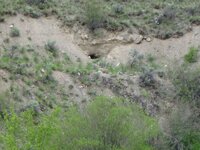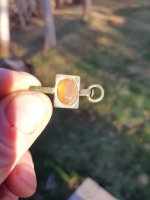prospectordamon
Full Member
- Mar 31, 2011
- 246
- 5
- Detector(s) used
- White's MXT/6X10 DD Coil/950 Coil
how did the miners back in the 1800's know where exactly to dig in the side of a mountain to look for gold in a mine? This has always been a curiosity to me. We have a few old hardrock mines around here in Alabama. Thanks!







